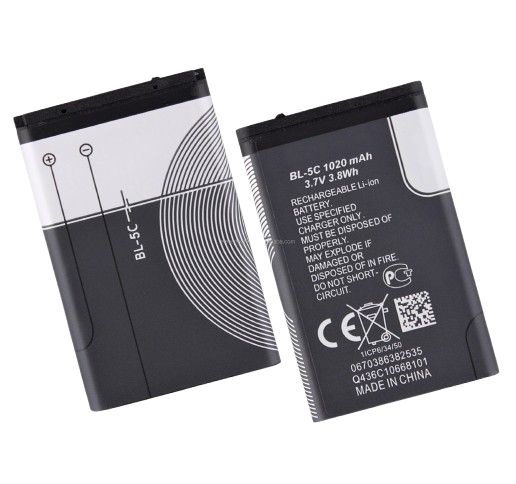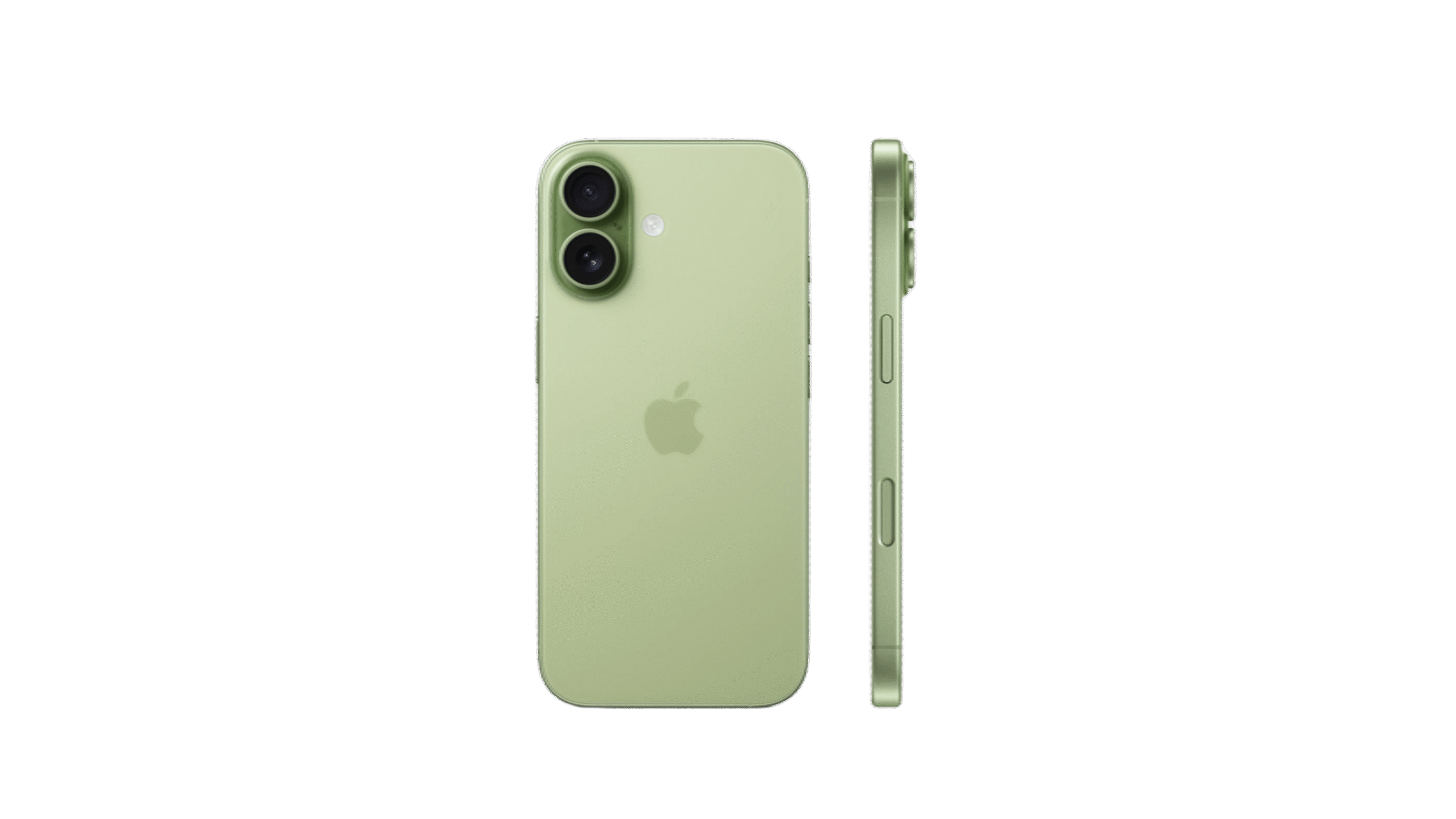Over the past decade, smartphone technology has transformed our lives, from enabling instant communication to becoming indispensable tools for work, entertainment, and health. But none of these advancements would have been possible without one critical component: the battery.
Battery technology has evolved significantly in the last 10 years, and these advancements have shaped not only how we use our devices but also the entire smartphone industry. Let’s take a look at the major trends and phases in smartphone battery technology and how they’ve driven innovation.
The Era of Lithium-Ion Dominance (2013-2016)
For much of the last decade, lithium-ion (Li-ion) batteries were the gold standard.
- Why Li-ion?
Lithium-ion batteries provided a balance between energy density, cost, and weight. They were compact enough to power slim devices yet capable of lasting a full day under typical use. - Challenges:
- Limited capacity led to the rise of “battery anxiety.”
- Batteries degraded quickly after a couple of years.
- Heat management during charging and use was still a problem.
Impact on the Industry:
This period saw the rise of power banks and fast charging adapters, as manufacturers tried to solve the limitations of Li-ion with external solutions. Companies like Xiaomi and Anker thrived by meeting these demands.
Fast Charging and Battery Optimization (2017-2019)
By 2017, fast charging became the new battleground for smartphone makers.
- Fast Charging Breakthroughs:
Companies introduced proprietary fast-charging technologies, like:- Qualcomm Quick Charge
- OnePlus Dash Charge
- Huawei SuperCharge
- Software Optimization:
- AI-driven battery management systems began to appear, analyzing usage patterns to extend battery life.
- Dark mode became a popular feature, leveraging OLED screens to conserve power.
Impact on the Industry:
Fast charging and smarter software allowed manufacturers to prioritize thin designs over larger batteries, influencing aesthetics and usability.
The Age of Bigger Batteries (2020-2022)
As consumer demands for longer battery life grew, manufacturers shifted focus toward larger battery capacities.
- Massive Capacities:
Phones like the Samsung Galaxy M-series and Xiaomi Redmi Note series pushed capacities beyond 5,000 mAh, a significant jump from the 3,000 mAh batteries of earlier years. - Dual-Cell Batteries:
To improve charging speeds, companies began using dual-cell battery systems, which split the battery into two parts to allow faster, more efficient charging.
Impact on the Industry:
The shift to larger batteries enabled smartphones to power more resource-intensive features like 5G connectivity, 120Hz displays, and advanced cameras without compromising runtime.
Sustainability and New Materials (2023-Present)
The last few years have focused on sustainability and breakthroughs in battery chemistry.
- Carbon-Based Batteries:
These are more eco-friendly, charge faster, and degrade slower than traditional Li-ion batteries. Realme, Xiaomi, and other brands are experimenting with this tech. - Solid-State Batteries:
This emerging technology replaces liquid electrolytes with solid materials, offering higher energy density, faster charging, and improved safety. Though still in development, companies like Samsung and Toyota are heavily invested in solid-state batteries. - Silicon Anodes:
Enhancements to Li-ion technology, like silicon anodes, have boosted energy density by up to 30%, allowing for smaller batteries with the same capacity.
Impact on the Industry:
These advancements have enabled ultra-fast charging (some phones now charge fully in under 10 minutes) and are paving the way for more sustainable production practices.
The Role of Battery Trends in Industry Innovation
Battery technology has done more than just improve smartphone performance—it has reshaped the entire industry:
- Innovation in Design:
- Larger batteries led to thicker phones, but innovations like fast charging allowed manufacturers to maintain sleek designs.
- New Use Cases:
- Longer battery life made features like 5G, high-refresh-rate displays, and advanced gaming viable.
- Consumer Expectations:
- Fast charging and all-day battery life became must-haves, driving competition among brands.
- Environmental Impact:
- As consumers demand greener products, companies are increasingly investing in sustainable battery materials and recycling programs.
What’s Next?
Battery technology has been the backbone of smartphone evolution over the last decade, from improving capacities to enabling faster charging and embracing sustainability. As we look ahead, innovations like solid-state batteries and carbon-based solutions promise to unlock new possibilities, from even faster charging to longer lifespans and reduced environmental impact.
The next era of smartphones won’t just be smarter—it’ll also be powered by the most advanced and sustainable batteries yet.





Leave a Reply